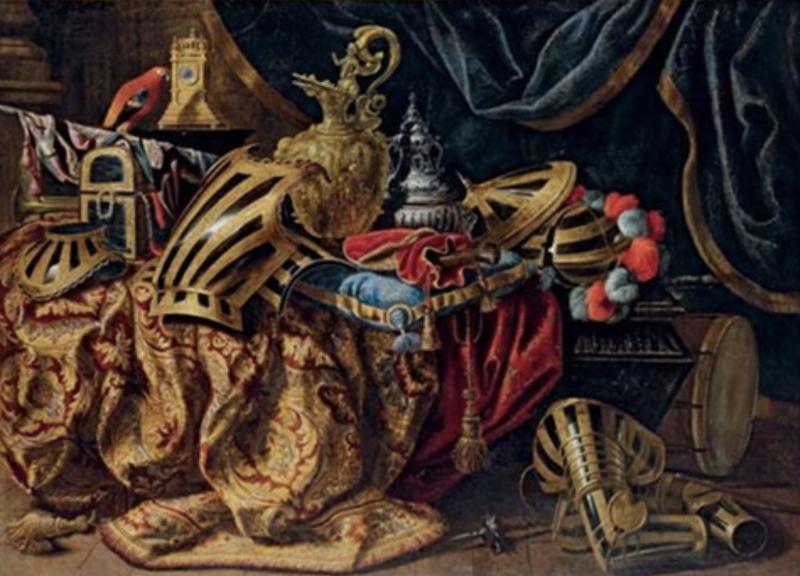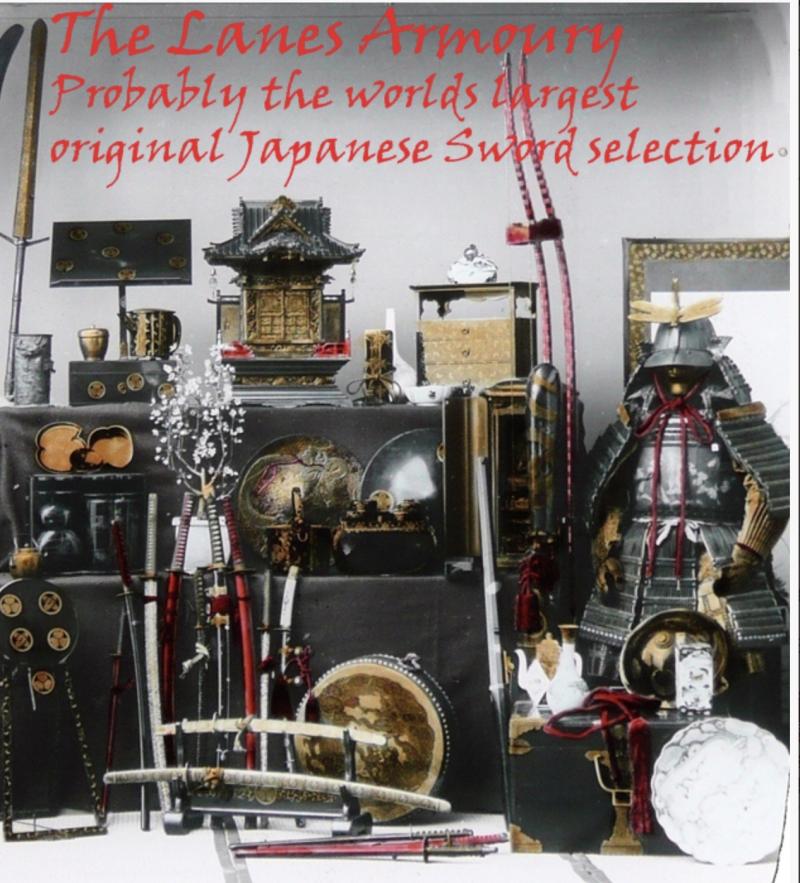Another Original Collection of Ancient Weapons of Antiquity Arrives This Week! Once More, All Manner of Singularly Fine & The Rarest of Intriguing Historical Pieces Recently Added, and To Be Added, Every Day
Recently we have acquired and added all manner of interesting artefacts, both ancient and vintage: Including, an ancient Imperial roman Gladiator's ring 1st century AD, an Imperial Roman Equestris Legion Centurion's seal ring engraved with horse mounted combat. A gold and bronze ancient Chinese crossbow mount, an antique Aztec form sacrificial knife, a stunning Baker Rifle, an Ancient Greek or Spartan senior ranked warrior's ‘stooping horse’ seal ring, around 2600 years old, Ancient Roman Kingdom period {500 bc} centurion armilla, from the earliest era just after Romulus and Remus, a 1700 to 1800 year old Roman Gladiators ring, realistically engraved with a lion attacking a horse in the arena, a superb 1798 ‘Baker’ British rifle’s officer’s rifle, several US Civil War revolvers including Colt Army and Remingtons, a Roman Republic Period status rings and seal rings, Viking warriors bronze pieces, one of the most beautiful American frontier Plains Rifle we have seen now sold, a Native American Chiefs rifle, the same as was used by Chief Sitting Bull at the Little Big Horn, a Remington Rifle captured by a Coldstream Guard at Tel el Kabir {also now sold} a Trafalgar period Royal Naval incendiary cannon ball, an incredibly rare Draken head form Viking ‘magic, staff pommel, A Seiðstafr, The Staff of Power, used by a Viking shaman, plus one of the most amazing Viking Berserker warriors neck torc’s we have ever seen, still wearable condition and a great size, several wondrous Japanese katanas, a very rare type of Zulu War period, assegai spear-knopkerrie combination weapon, a type we have only seen twice before in over 50 years, also, lots, lots more.
Also just recently added, a set of ancient Viking prisoner and slave shackles with lock casing, a fabulous US army contract musket used from the Alamo, through the Mexican American War and also the US Civil War, a crossbow bolt recovered from Agincourt, and a light dragoon pistol of Waterloo.. Also, recently added; a Napoleonic Wars era 60th Rifle Regt. Jäger Rifle, Circa 1800, used by the German rifle volunteers of the British Army. Fine antiquities, as we mentioned last week, have arrived on Monday, including a very fine Viking warriors sword from the siege of Paris era, a 15th century iron handgonne, the very earliest form of hand held gun powder gun from the 1400’s. A ‘ballock dagger’ from the period of King Richard IIIrd, and the Wars of the Roses. A pure gold ancient Roman intaglio carved garnet gemstone seal ring, depicting a profile carving, possibly of Emperor Antoninus Pius, the fourth of the five good emperors, or a similar highest ranking Patrician of Rome, plus, a masterpiece of 23 carat hammered sheet gold, a now assembled ‘Wreath of Conquest’, the head adornment worn by the ancient victors of the games, conquerors and their queens of Greece & Macedon, in the later first millennium B.C. and thus emulated by all the ceasers and emperors of Rome, their laurel wreath of victory, the ultimate symbol of Roman republican and imperial victory, rule and power. This was originally acquired for a famous British ‘Barrister at the Temple’ and antiquities collector in the 1960’s. Plus, numerous other wonders of antiquity, including a silver Roman patrician or legates gemstone seal ring of a Roman intaglio of the Roman mythical beast, a Gryllos. The hybrid being is composed of Silenus head, an equine protome, a ram head chewing an ear, rooster legs and tail.. 1st-2nd century A.D. A gryllos, or composite of human and animal parts,
Grylloi, derived from the Italic word grillo ("freak") and the Latin gryllus ("caricature"), were popular subjects for the ancient Romans. Artists reportedly enjoyed creating these fantastic creatures with all combinations of parts, although certain combinations seemed to be more popular than others. While undoubtedly extremely amusing to the Romans, grylloi served a more serious purpose as well; they were thought to be talismans that acted as protection against the evil eye. Their strangeness was said to "attract the evil eye and thus lessens its force against its victims."
For a related example of an ancient Roman Gryllo ring, see accession number 41.160.655 in the Metropolitan Museum of Art's collection of Greek and Roman Art. Also, Ref: Richter, Gisela M.A., Catalogue of Engraved Gems: Greek, Etruscan, Roman, New York: The Metropolitan Museum of Art (1956), p. 114.
Code: 24771
Price
on
Request



